Table of content
- Berries (Blueberries, Strawberries, Raspberries)
- Citrus Fruits (Oranges, Grapefruits, Lemons)
- Apples
- Cherries
- Avocados
- Leafy Greens (Spinach, Kale, Swiss Chard)
- Broccoli and Cruciferous Vegetables
- Bell Peppers
- Tomatoes
- Oats
- Quinoa
- Lentils and Chickpeas
- Fatty Fish (Salmon, Sardines, Mackerel)
- Greek Yogurt
- Nuts and Seeds (Almonds, Chia, Flaxseeds)
- Cinnamon
- Turmeric
- Ginger
Managing blood sugar levels is a critical aspect of maintaining overall health, particularly for individuals with diabetes, prediabetes, or those seeking to prevent metabolic disorders. While medication and exercise play pivotal roles, diet remains the cornerstone of blood sugar control. Certain foods and fruits are renowned for their ability to stabilize glucose levels, thanks to their unique nutritional profiles, including high fiber content, low glycemic indices, and bioactive compounds that enhance insulin sensitivity. This article explores a comprehensive list of these dietary allies, delving into their scientific benefits and practical ways to incorporate them into daily meals.
The Science Behind Blood Sugar Regulation
Before diving into specific foods, it’s essential to understand how diet impacts blood sugar. Carbohydrates, particularly refined sugars and starches, are broken down into glucose during digestion, causing blood sugar levels to rise. The glycemic index (GI) measures how quickly foods spike blood sugar, with low-GI foods (55 or less) causing slower, steadier increases. Fiber, protein, and healthy fats mitigate these spikes by slowing absorption. Additionally, polyphenols, antioxidants, and magnesium found in certain foods improve insulin function and reduce inflammation, a key driver of insulin resistance.
Fruits That Lower Blood Sugar
Despite their natural sugars, many fruits are diabetic-friendly when consumed in moderation. The key lies in their fiber content and low glycemic load (GL), which accounts for portion size and carbohydrate density.
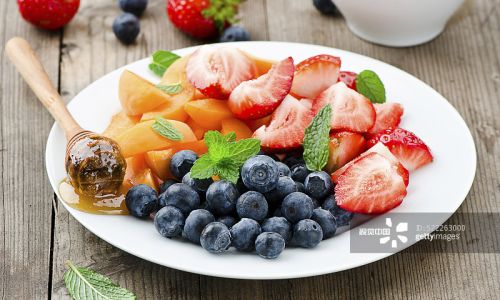
Berries (Blueberries, Strawberries, Raspberries)
Berries are nutritional powerhouses. Their high fiber content (up to 8 grams per cup) slows glucose absorption, while antioxidants like anthocyanins combat oxidative stress, a contributor to insulin resistance. A 2020 study in Nutrients found that blueberry consumption improved insulin sensitivity in obese adults. Enjoy them fresh, frozen, or in smoothies paired with Greek yogurt for protein.
Citrus Fruits (Oranges, Grapefruits, Lemons)
Rich in soluble fiber and vitamin C, citrus fruits have a low GI (around 40–50). The pectin in grapefruits, for example, slows stomach emptying, preventing rapid sugar spikes. A 2015 review in Advances in Nutrition highlighted citrus flavonoids’ role in enhancing glucose uptake in muscles. Opt for whole fruits over juice to retain fiber.
Apples
“An apple a day” holds merit for diabetics. A medium apple contains 4 grams of fiber, primarily pectin, which forms a gel-like substance in the gut to delay carbohydrate digestion. Quercetin, an antioxidant in apple skin, may protect pancreatic beta cells from damage. Pair apples with almond butter for a balanced snack.
Cherries
Sweet cherries have a GI of 22, while tart cherries rank even lower. Their anthocyanins and hydroxycinnamic acids reduce inflammation and improve insulin production. A 2018 study in The Journal of Nutrition linked cherry consumption to lower HbA1c levels (a marker of long-term blood sugar control).
Avocados
Though technically a fruit, avocados are unique for their monounsaturated fats, which enhance insulin sensitivity. A 2019 trial in Nutrients showed that adding half an avocado to lunch reduced post-meal blood sugar by 40% compared to a carb-heavy meal. Use avocado as a spread, in salads, or blended into smoothies.
Vegetables: The Foundation of a Low-Glycemic Diet
Non-starchy vegetables are low in calories and carbs but high in fiber and micronutrients, making them ideal for blood sugar control.
Leafy Greens (Spinach, Kale, Swiss Chard)
Leafy greens are rich in magnesium, a mineral linked to improved insulin sensitivity. A 2021 meta-analysis in Diabetes Research and Clinical Practice found that higher magnesium intake reduced diabetes risk by 19%. Sauté greens with garlic and olive oil or blend them into soups.
Broccoli and Cruciferous Vegetables
Broccoli, cauliflower, and Brussels sprouts contain sulforaphane, a compound that activates enzymes protecting against blood vessel damage—a common diabetes complication. A 2017 study in Science Translational Medicine demonstrated sulforaphane’s ability to lower fasting blood glucose in obese patients.

Bell Peppers
Capsaicin-free bell peppers (all colors) are high in vitamin C and antioxidants like lutein. Their low carb content (6 grams per medium pepper) makes them diabetes-friendly. Roast them with olive oil or stuff with quinoa for a hearty meal.
Tomatoes
Tomatoes are rich in lycopene, a carotenoid associated with reduced oxidative stress. A 2020 study in Food & Function linked tomato consumption to lower LDL cholesterol and improved fasting glucose. Use cherry tomatoes in salads or blend into sauces.
Whole Grains and Legumes: Slow-Release Carbohydrates
Refined grains like white rice and bread cause rapid blood sugar spikes. Whole grains and legumes, however, provide sustained energy due to their fiber and protein content.
Oats
Oats contain beta-glucan, a soluble fiber that forms a gel in the gut, delaying glucose absorption. A 2016 review in The British Journal of Nutrition confirmed oats’ role in reducing post-meal glucose and HbA1c. Opt for steel-cut or rolled oats over instant varieties.
Quinoa
A pseudocereal, quinoa is a complete protein with all nine essential amino acids. Its low GI (53) and high magnesium content make it ideal for blood sugar control. Use it as a base for buddha bowls or in salads.
Lentils and Chickpeas
Legumes are fiber and protein champions. A 2012 study in Archives of Internal Medicine found that eating one cup of legumes daily improved HbA1c by 0.5%. Incorporate lentils into soups or roast chickpeas for a crunchy snack.
Proteins and Healthy Fats: Balancing Act
Protein and fat don’t directly lower blood sugar but prevent spikes by slowing carbohydrate digestion.
Fatty Fish (Salmon, Sardines, Mackerel)
Omega-3 fatty acids in fish reduce inflammation and improve triglyceride levels, a risk factor for diabetes. The American Diabetes Association recommends two servings weekly. Bake or grill fish with herbs and lemon.
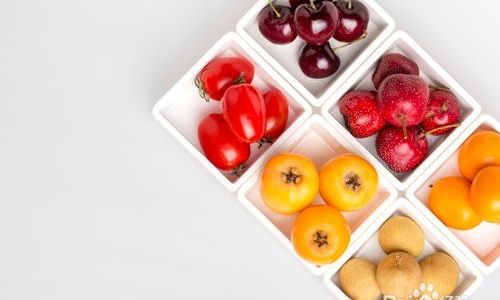
Greek Yogurt
Unsweetened Greek yogurt boasts twice the protein of regular yogurt, with probiotics that enhance gut health—a factor increasingly linked to metabolic health. A 2014 study in BMC Medicine associated yogurt consumption with a 14% lower diabetes risk.
Nuts and Seeds (Almonds, Chia, Flaxseeds)
Nuts are rich in magnesium, healthy fats, and fiber. A 2011 study in The Journal of Nutrition found that almond eaters had lower fasting insulin levels. Sprinkle chia seeds on oatmeal or blend flaxseeds into smoothies.
Spices and Herbs: Flavorful Allies
Certain spices contain compounds that mimic insulin or improve glucose uptake.
Cinnamon
Ceylon cinnamon, in particular, contains cinnamaldehyde, which activates insulin receptors. A 2019 meta-analysis in Clinical Nutrition concluded that cinnamon reduced fasting glucose by up to 24 mg/dL. Add it to coffee, oatmeal, or roasted vegetables.
Turmeric
Curcumin, turmeric’s active ingredient, combats inflammation and improves pancreatic function. A 2014 trial in Diabetes Care showed that curcumin capsules delayed diabetes onset in prediabetic adults. Use turmeric in curries, golden milk, or scrambled eggs.
Ginger
Gingerols in ginger enhance glucose uptake in muscle cells. A 2015 study in Complementary Therapies in Medicine reported that 2 grams of ginger daily reduced fasting blood sugar by 12%. Brew ginger tea or add it to stir-fries.
Meal Planning Tips for Blood Sugar Control
- Pair Carbs with Protein/Fat: Eating an apple with almond butter slows sugar absorption.
- Prioritize Fiber: Aim for 25–30 grams daily from vegetables, fruits, and whole grains.
- Stay Hydrated: Dehydration can elevate blood sugar; drink water, herbal tea, or infused water.
- Mind Portion Sizes: Even healthy foods can spike glucose if overeaten.
- Time Meals Strategically: Intermittent fasting or spaced meals may improve insulin sensitivity.
Conclusion
A diet rich in berries, leafy greens, whole grains, and healthy fats is a potent tool for managing blood sugar. These foods work synergistically to enhance insulin sensitivity, reduce inflammation, and provide sustained energy. While no single food replaces medication, integrating these choices into a balanced diet—coupled with regular exercise and stress management—can significantly improve metabolic health. Always consult a healthcare provider before making dietary changes, especially if managing diabetes. By harnessing the power of nutrition, individuals can take proactive steps toward stable blood sugar and long-term wellness.


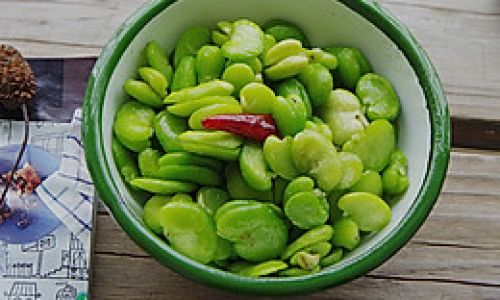
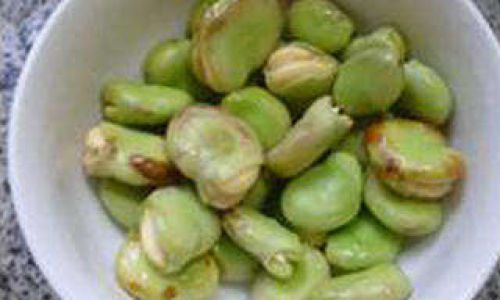
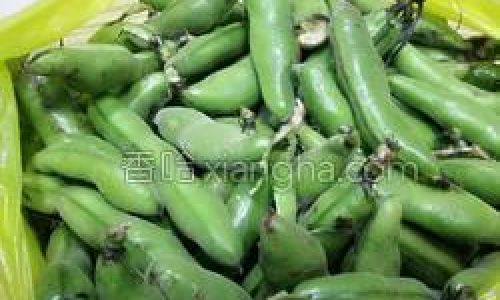
0 comments